In this post, we’ll explore modern sketchbook techniques using watercolor and pen, offering practical insights and creative inspiration for artists at any level. Sketchbooks have evolved far beyond their traditional role as practice pads for artists. Today, they’re dynamic spaces for experimentation, storytelling, and personal expression. Among the most versatile and visually striking approaches are those that combine watercolor brushwork with pen detailing.
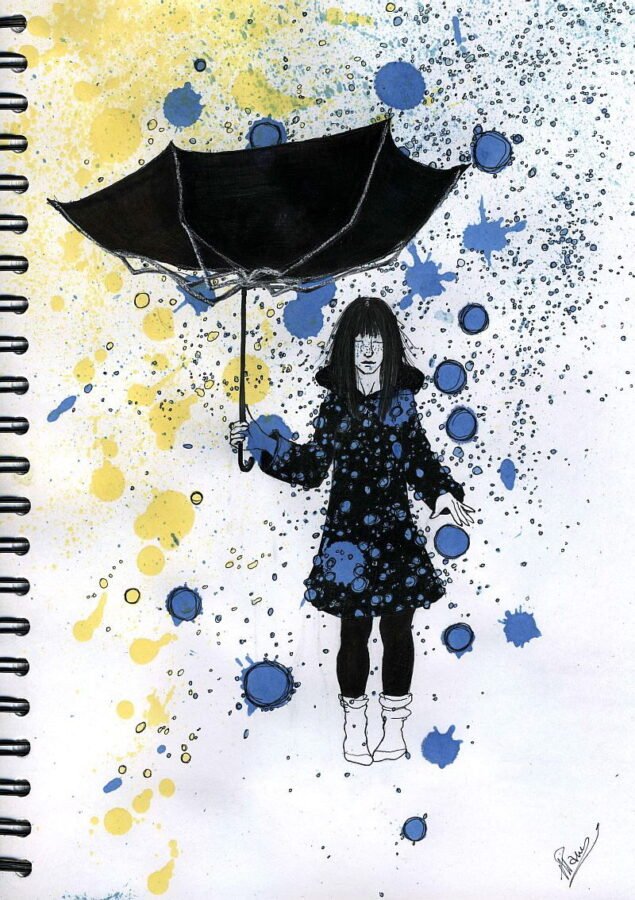
credit: ANIAPAWLIK
Why Combine Watercolor and Pen in Your Sketchbook?
Watercolor and pen are a powerful duo. Watercolor offers fluidity, atmosphere, and spontaneity, while pen adds structure, contrast, and precision. Together, they create rich, layered compositions that balance freedom and control.
This mixed media approach is ideal for:
- Urban sketching
- Nature journaling
- Illustrated diaries
- Concept art and ideation
- Travel documentation
Whether you’re using a fountain pen, fineliner, or dip pen, the interplay between ink and pigment opens up endless possibilities.
Sketchbooks.org | VISUAL RESEARCH HUB
Watercolor and Pen Sketching
Visual research is critical for any creative endeavor. We have compiled specialized links to lead you directly to images, videos, and inspiration for "Watercolor and Pen Sketching" across the web's best visual search platforms.
Choosing the Right Materials
Before diving into techniques, it’s important to select tools that support your workflow and style.
Sketchbook Paper
Look for sketchbooks with:
- Cold-press or mixed media paper (at least 200gsm)
- Minimal bleed-through and good texture
- Lay-flat binding for ease of use
Brands like Stillman & Birn, Hahnemühle, and Etchr offer excellent options for watercolor and ink.
Watercolor Brushes
Opt for:
- Round brushes for washes and detail
- Flat brushes for bold strokes and backgrounds
- Water brushes for portability and control
Synthetic bristles are often more durable for sketchbook work.
Pens and Inks
Consider:
- Waterproof fineliners (Micron, Uni Pin, Faber-Castell)
- Fountain pens with waterproof ink (Platinum Carbon, De Atramentis Document)
- Brush pens for expressive line variation
Always test your ink on your sketchbook paper to ensure it won’t smudge when layered with watercolor.
Modern Techniques to Try
Layered Washes with Pen Contour
Start with a loose watercolor wash to establish mood and form. Once dry, add pen contours to define shapes and add contrast. This technique works beautifully for landscapes, portraits, and abstract compositions.
Pen First, Wash Later
Sketch your subject in pen first, focusing on line quality and detail. Then apply watercolor washes to add depth and color. This method preserves the integrity of your linework and is great for architectural studies and botanical sketches.
Wet-on-Wet Accents with Ink Highlights
Use wet-on-wet watercolor to create soft, blended backgrounds. Once dry, add ink highlights or textures to bring focal points forward. This technique adds drama and visual interest.
Negative Space Sketching
Paint a loose watercolor background, then use pen to draw only the negative space around your subject. This reverse approach challenges perception and creates striking compositions.
Mixed Media Collage
Combine watercolor and pen with other media like graphite, colored pencil, or collage elements. This technique is ideal for visual journaling and conceptual exploration.
Tips for a Cohesive Sketchbook Practice
- Limit your palette: Using a consistent set of colors helps unify your pages.
- Vary your line weight: Thicker lines for foreground, thinner for background.
- Use thumbnail sketches: Plan compositions before committing to a full page.
- Embrace imperfection: Sketchbooks are for growth, not perfection.
- Date and annotate: Add notes, thoughts, or location details to enrich your entries.
Inspiration from Contemporary Artists
Modern sketchbook artists are pushing boundaries with watercolor and pen. Many share their process on social platforms, offering glimpses into their daily practice. Look for creators who blend illustration, journaling, and storytelling—especially those working in travel sketching, nature documentation, and urban exploration.
Following artists who post time-lapse videos or annotated spreads can help you learn new techniques and stay motivated.

Sketchbooks.org | TRADITIONAL TECHNIQUES
Chiaroscuro Shading | Emphasizing Dramatic Light and Shadow to Model Form
Chiaroscuro Chiaroscuro shading is one of the most powerful tools in an artist’s visual vocabulary. By emphasizing dramatic light and shadow, artists can create the illusion of three-dimensional form, evoke mood, and guide the viewer’s...
Frequently Asked Questions
What kind of sketchbook is best for watercolor and pen?
A mixed media or watercolor sketchbook with thick, textured paper is ideal.
Can I use regular ink pens with watercolor?
Only if the ink is waterproof; otherwise, it may smudge or bleed.
Should I sketch in pen before or after watercolor?
Both approaches work—pen first preserves detail, watercolor first allows looser compositions.
How do I prevent watercolor from warping my sketchbook pages?
Use minimal water, work in layers, and let each wash dry fully before adding more.
What’s the best brush for sketchbook watercolor?
Round synthetic brushes offer control and versatility for both washes and detail.
Can I use fountain pens in my sketchbook?
Yes, if paired with waterproof ink and compatible paper.
How do I keep my sketchbook pages cohesive?
Stick to a limited color palette, consistent tools, and recurring themes or formats.
Is it okay to mix media in my sketchbook?
Absolutely—combining watercolor, pen, pencil, and collage adds richness and depth.
How do I fix mistakes in watercolor sketching?
Use lifting techniques, layering, or incorporate the error into your composition creatively.
What’s the benefit of sketching daily?
It builds muscle memory, improves technique, and fosters creative confidence.
Final Thought
Modern sketchbook techniques using watercolor and pen offer a vibrant, expressive way to document your world. Whether you’re sketching city streets, garden blooms, or abstract thoughts, this mixed media approach invites both spontaneity and precision. It’s a practice that rewards curiosity, patience, and play.
So grab your brush, ink up your pen, and let your sketchbook become a living archive of your creative journey—one page at a time.
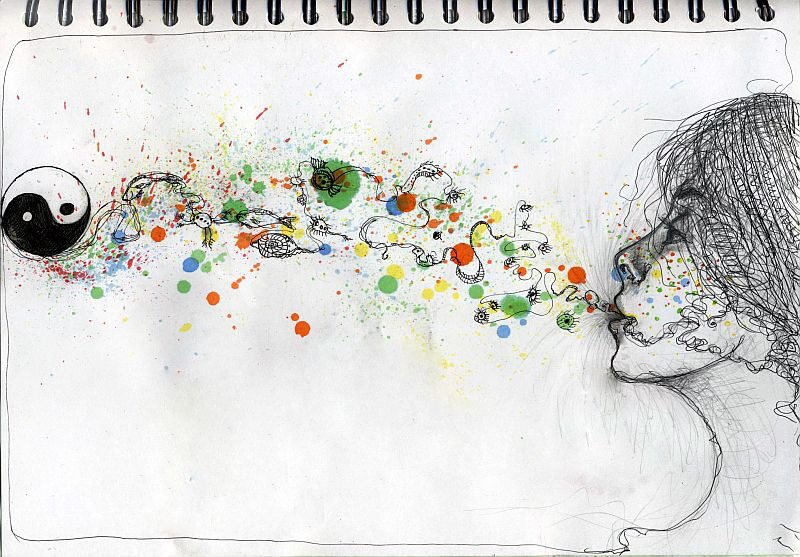
credit: ANIAPAWLIK
Ready to Share Your Work?
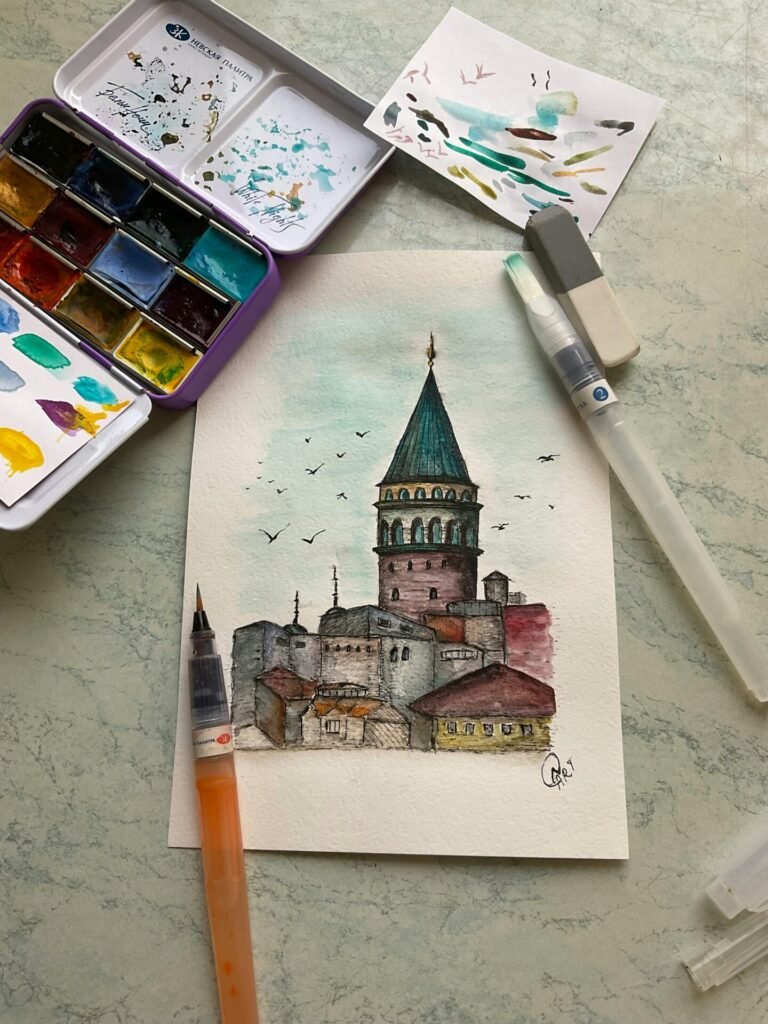

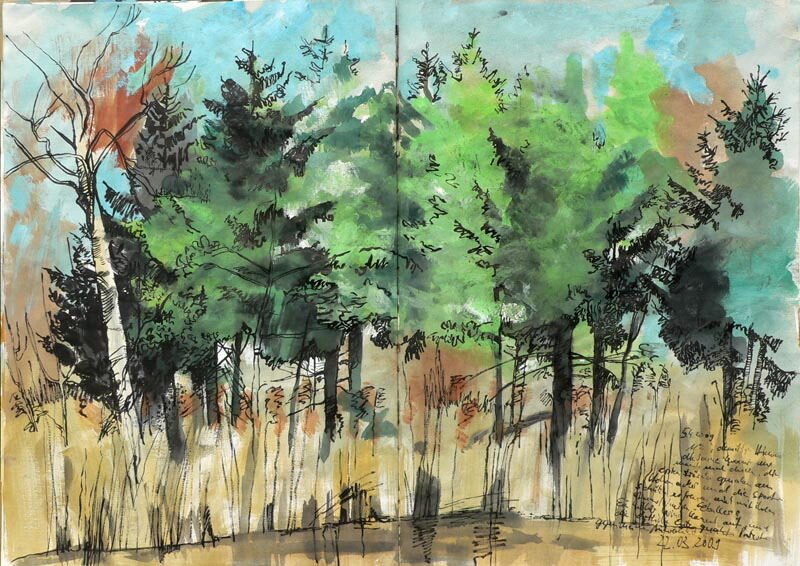
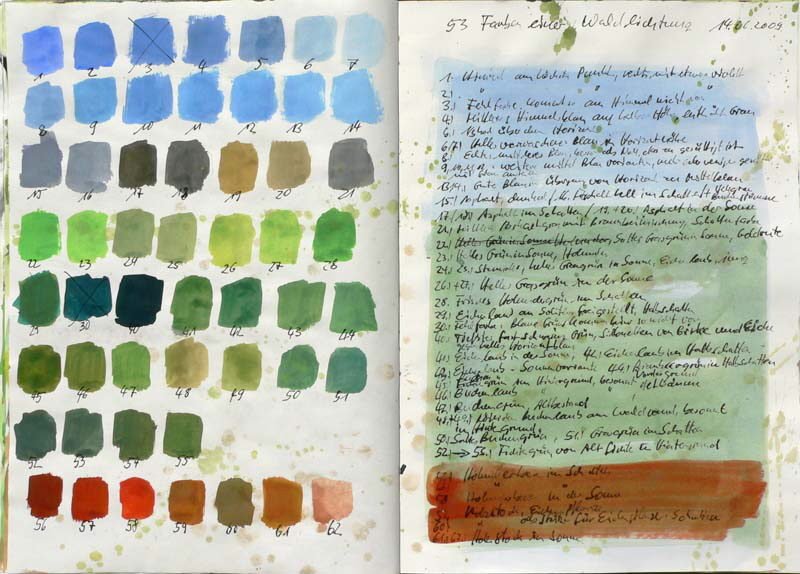
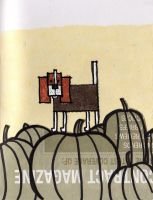
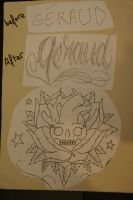
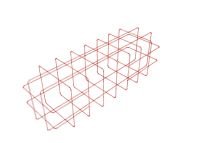
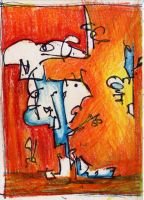
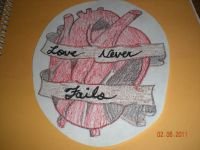
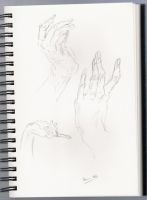
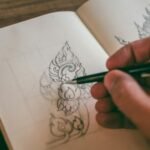
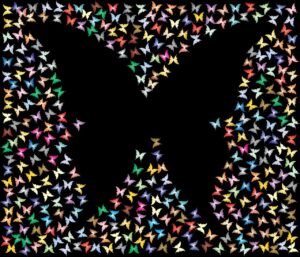
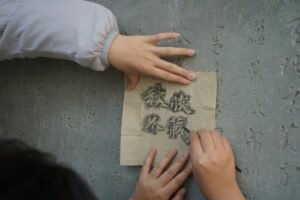
Need to make some time for this.
watercolours are so easy to travel with.. i like the water pens.